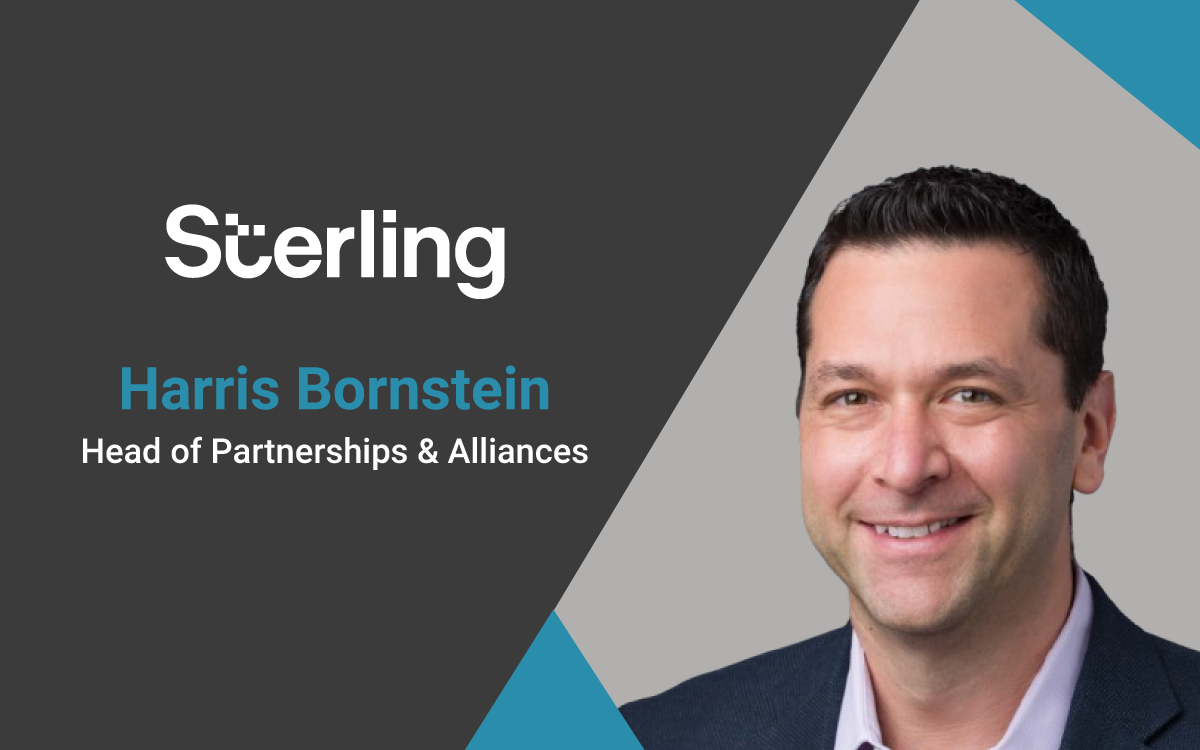The Gig Is Up: A Recruiter’s Guide To Risk Reduction

Overcoming the challenges of hiring and onboarding gig workers and contingent employees
By Joy Henry, Head of Technology and Business Services, Sterling
According to the U.S. Bureau of Labor Statistics, 36% of US workers could be classified as freelancers or independent workers and, at its current rate of expansion, more than half of the workforce will be part of the US gig economy by 2027. With the rise of the gig economy and contingent work opportunities plus more remote work options, workers across the world have been re-evaluating how, where, and when they want to work. Because there are more employment choices than ever before, organizations in all industries and regions have been facing a variety of hiring challenges and risks which need to be addressed differently than in the past.
In addition, as a high volume of candidates enter the gig and contingent workforce, gig platforms and companies seeking non-traditional talent are diligently looking for more efficient ways to improve the onboarding process and reduce friction to meet their hiring goals – while maintaining trust and safety in the workplace.
Hiring and Onboarding Challenges in the Gig Economy
One way gig and contingent job seekers differ from full-time employees is their expectation of real-time onboarding; ideally, they want to begin working for an organization that same day. Because of today’s candidate mindset, employing this type of workforce to represent your brand relies heavily on a quick – yet customized – onboarding experience.
Candidate drop-off rates can be almost as high as 85%, according to our latest industry report, Hiring Reimagined. Most candidates who considered dropping out of the onboarding process thought the experience was too complicated, including having issues with the background screening process, and too many touchpoints.
For employers, 60% report that they can’t find enough qualified candidates for the roles they need to fill, according to that same report which included responses from more than 350 HR professionals whose job includes onboarding gig workers and hiring contingent and freelance workers. The findings indicated that hiring this category of workers is more complicated than hiring traditional workers.
These perspectives should compel gig platforms and companies seeking non-traditional workers to streamline and accelerate the hiring and onboarding process. By doing so, they may be able to help avoid losing quality workers in the race for talent.
The Gig and Contingent Job Seeker Mindset
It may be tempting to think that pay is the main driver for gig workers, but our survey found that there are several factors that matter even more to job candidates seeking gig or contingent work. Safety and trust in the workplace, along with flexibility, rated highest – both ranked highly by 66% of the job seekers surveyed.
As an employer, you need to know that you have: trustworthy people representing your brand; your workers need to know they are safe as they work on behalf of your brand; and the end customer needs to know that they can trust the workers delivering your services. Trust and safety teams looking to overcome onboarding challenges should make sure to align their hiring and onboarding processes to best meet the expectations of today and tomorrow’s job seekers.
A Modern Onboarding Process
Screening high volumes of contingent and gig workers can be more challenging than traditional processes because it usually has to be done at scale. In many cases, businesses are already deploying workforce platforms to manage contingent and gig workers; platforms which should also be leveraged for all aspects of hiring and onboarding. If so, it is imperative for companies to integrate with a background screening partner that can enrich their platform’s candidate data to create a user-friendly, fast-to-hire model.
The best background screening partners today allow employers to set up customized workflows to reduce turnaround times. Even better, these workflows can be automated so that human touch is not always needed. API (Application Programming Interface) integrations can add an additional layer of automation to advance candidates’ record information and communication between databases, minimizing the need for manual review while helping expedite the onboarding process and reducing candidate drop-off.
A mobile, responsive experience is a necessity due to the immediacy of the gig hiring process, as candidates are typically completing background checks via mobile devices. The process must be optimized for all mobile device applications so both candidates and gig companies can view results from the background screening and quickly proceed with the onboarding process. A robust candidate hub can save time and keep candidates engaged throughout the process via SMS notifications and alerts.
Gig Work’s Impact on the Future of Hiring
Gig work is driving the future of what background screening might look like across other industries in just five to ten years. The efficiencies that are driven inside of the gig market are helping to develop what the future of background screening will look like for all companies. In this next evolution of hiring, it’s important to have the right strategies, technologies, and processes in place to streamline onboarding and improve hiring practices.
Joy Henry is the Head of Sterling’s Technology and Business Services group, where she holds responsibility for the P&L of the financial services, retail, gig, staffing, diligence, technology, media, entertainment, and hospitality practice areas of the business. Joy joined Sterling in 2013 and previously held the position of general manager of the financial and business services practice area. Prior to Sterling, Joy spent over a decade at Dow Jones/News Corp serving in various roles across the organization.
This article was originally published on HR.com/Talent Acquisition Excellence.
Sterling is not a law firm. This publication is for informational purposes only and nothing contained in it should be construed as legal advice. We expressly disclaim any warranty or responsibility for damages arising out this information. We encourage you to consult with legal counsel regarding your specific needs. We do not undertake any duty to update previously posted materials.
Let's Connect
Have questions, need more info, or want to chat background screening solutions? We’re here for you. Click the option that best describes you.
Job candidate? Click here




